- Detects subsurface damage in concrete
- Delamination
- Debonded overlays
- Subsurface voids
- Bridge remains open to traffic
- Non-contact remote sensing
- Produces accurate plan-view images
- Extent and location of subsurface damage
- Determine repair quantities
- Time-lapse measurements
- Overcomes limitation of conventional IR
- Environmental tolerance
- Reliable, reproducible results
|
Applications
- Bare concrete bridge decks
- Concrete and steel decks with overlays
- Tunnel linings
- Dams, piers, abutments, walls and soffits
- Thick film coatings
- Concrete foundations, chimneys and pillars
|
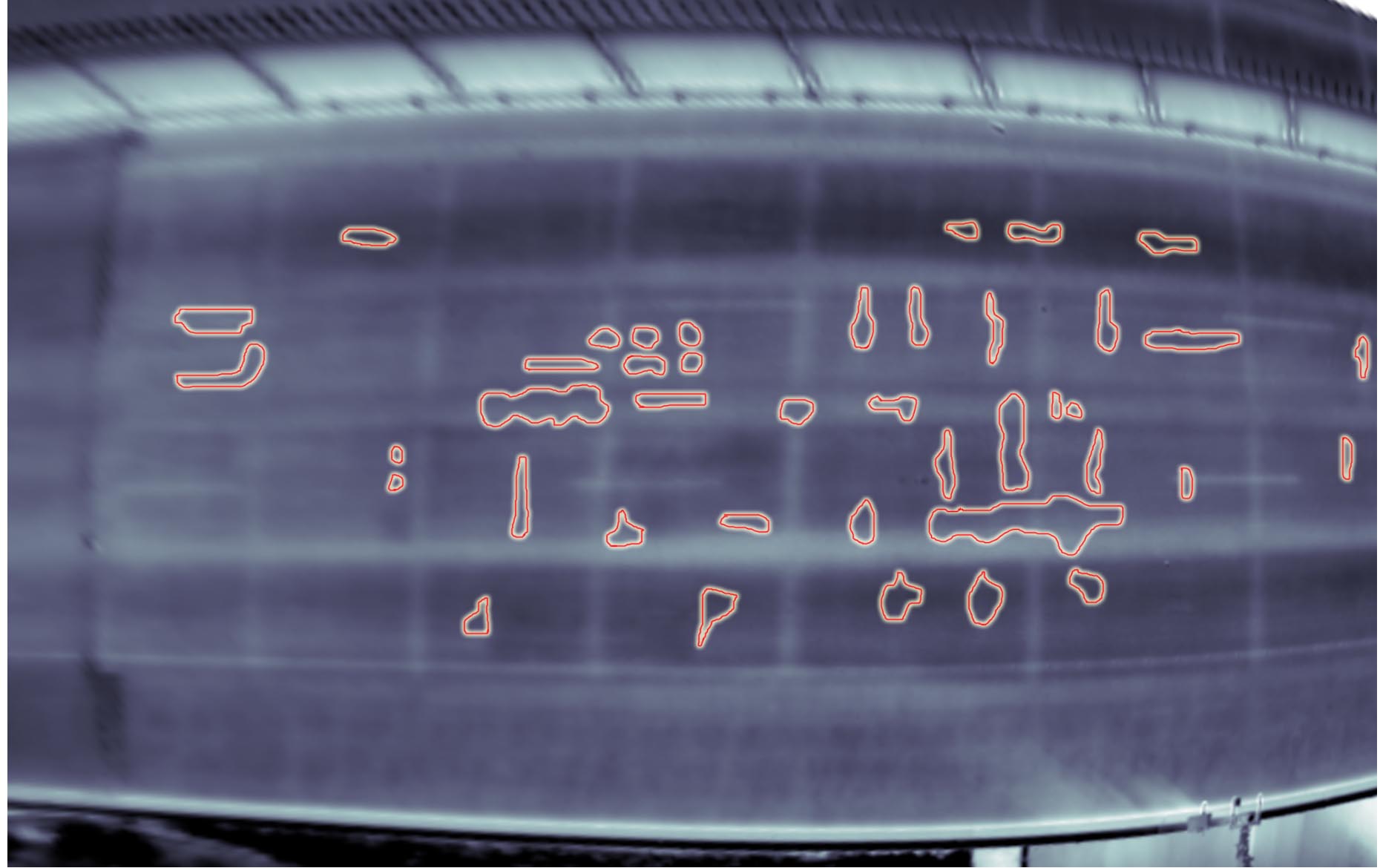 |
|
Rapid setup on bridges
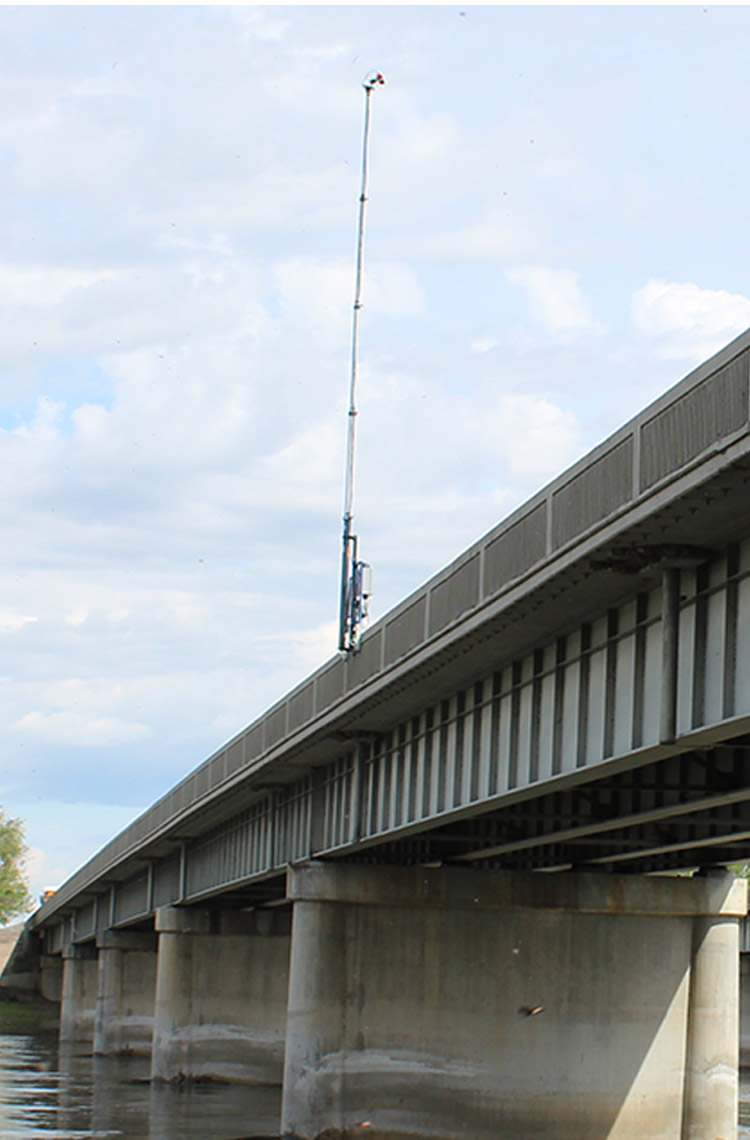 |
Key Features
- Objective, quantitative results
- Simple to interpret images
- Highly reproducible
- 100% coverage of area inspected
- Portable, simple to operate technology
- Automated data collection and analysis
- Easy to interpret results
- Autonomous / remote operation
- Mounts on deployable masts, existing structures or other features
- Minimal impact on operation
- Non-contact measurements from large distances
- No traffic control required
- Environmental tolerance
- Ambient weather conditions
- Inside tunnels and buildings
|
Measurements
- Subsurface delamination and voids
- Debonding of overlays and thick coatings
- Voids in concrete
- Structural features of concrete and steel structures
| 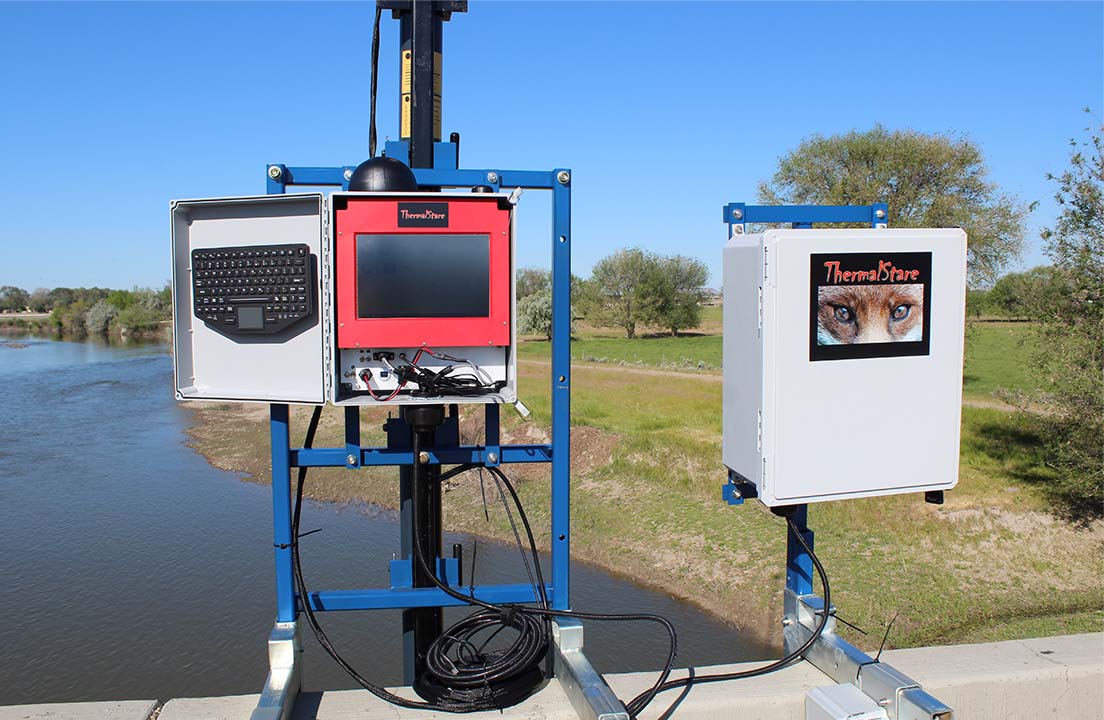 |
Detect defects through overlays
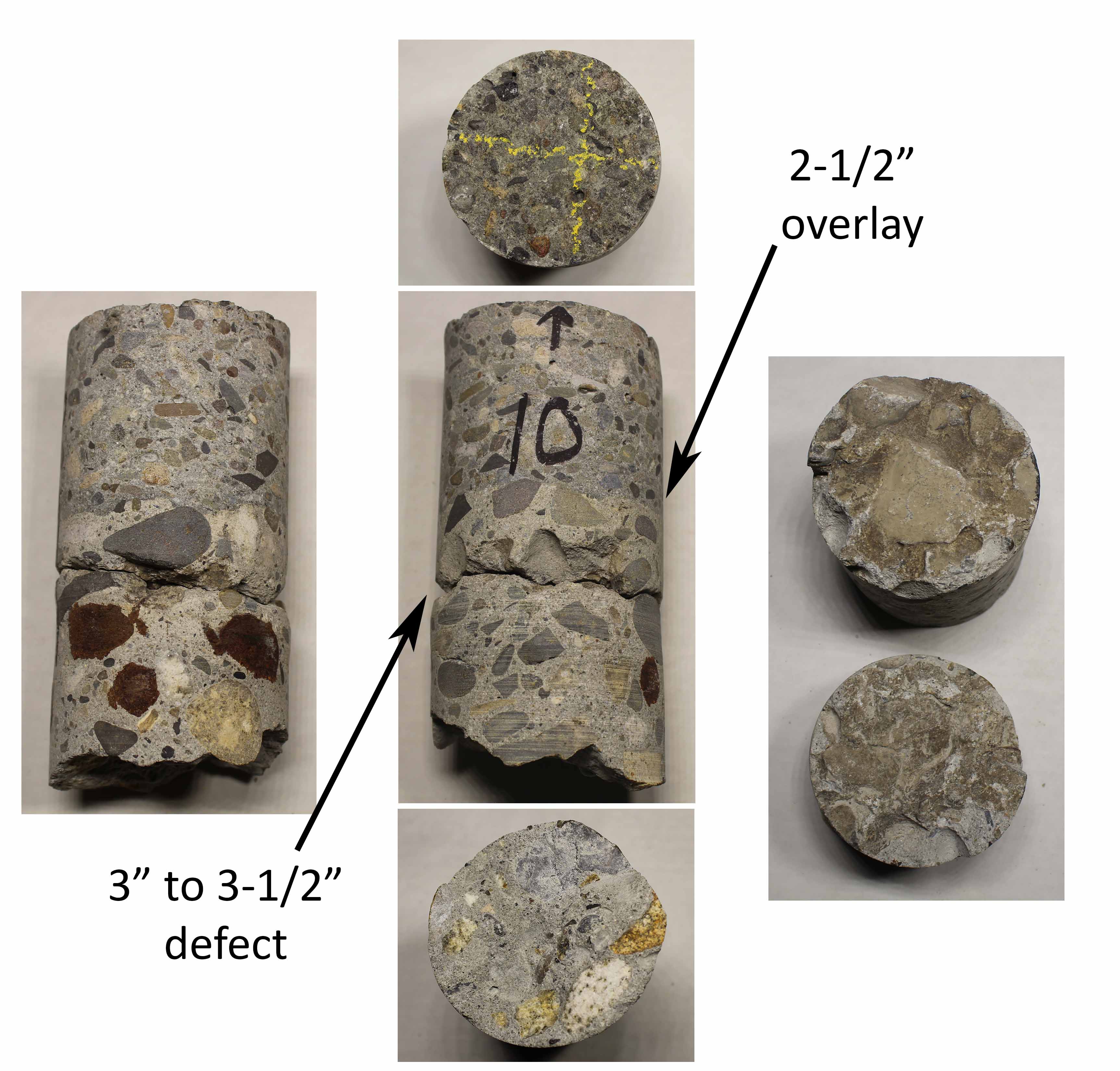 |
Measure with live traffic
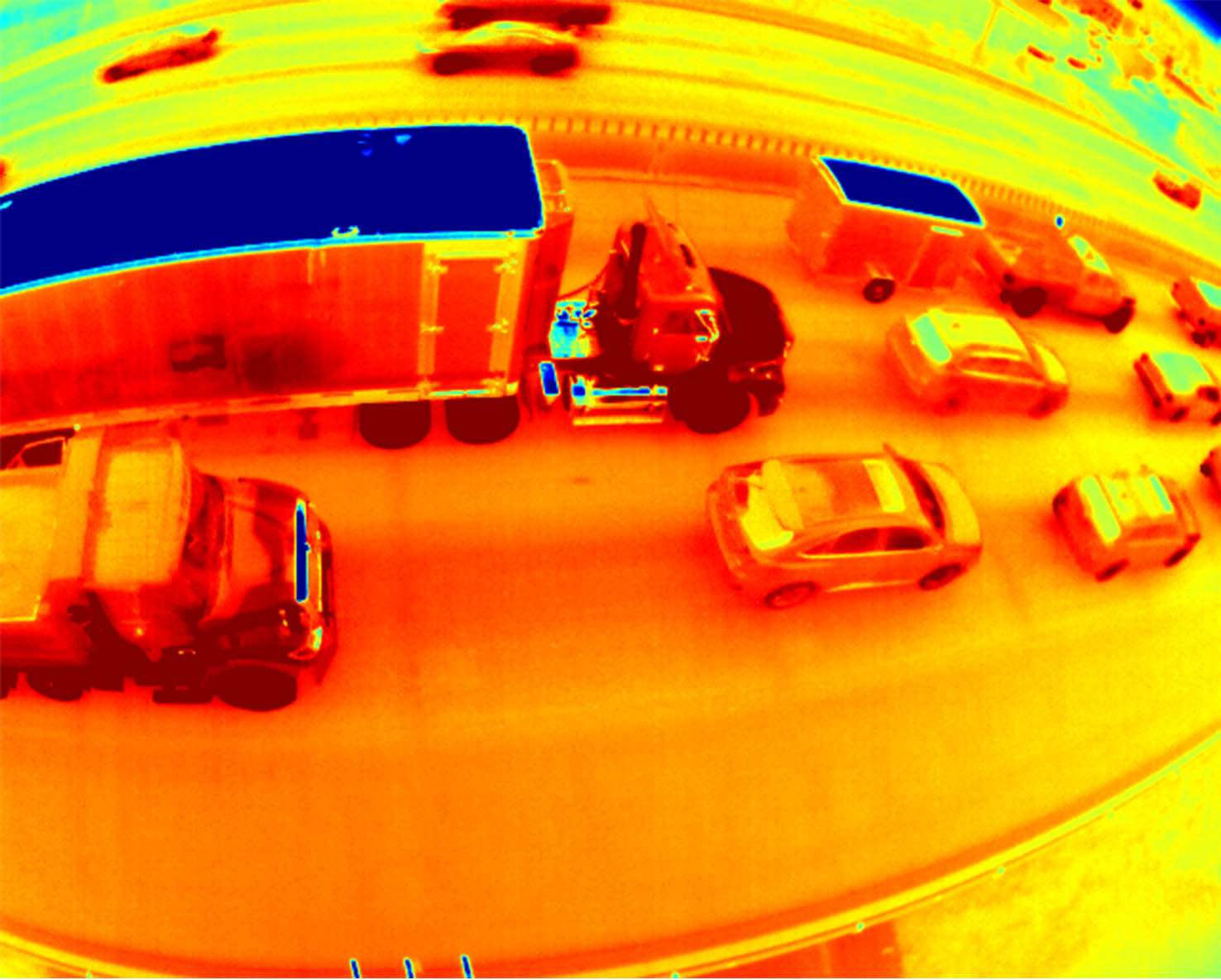 |
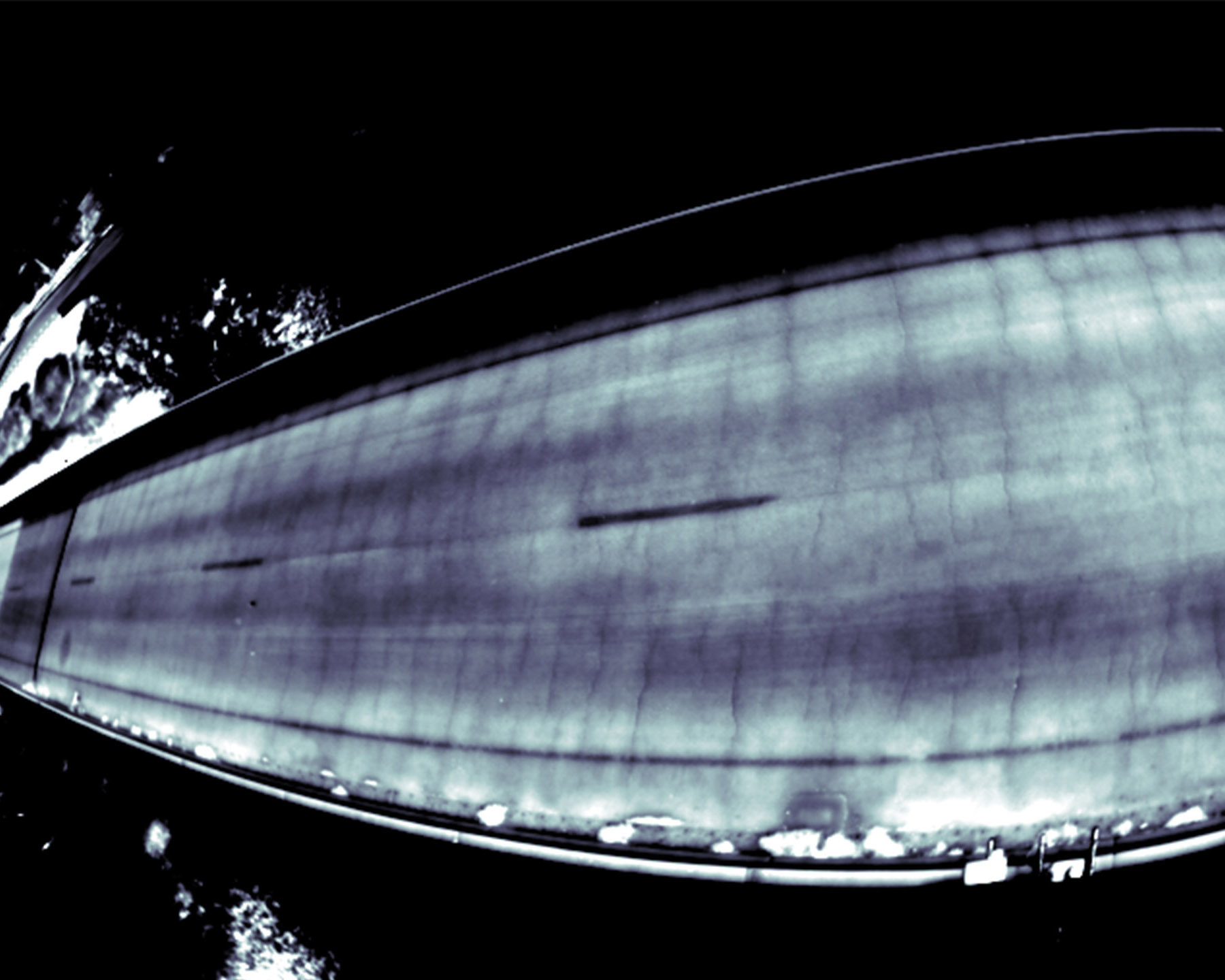 | |